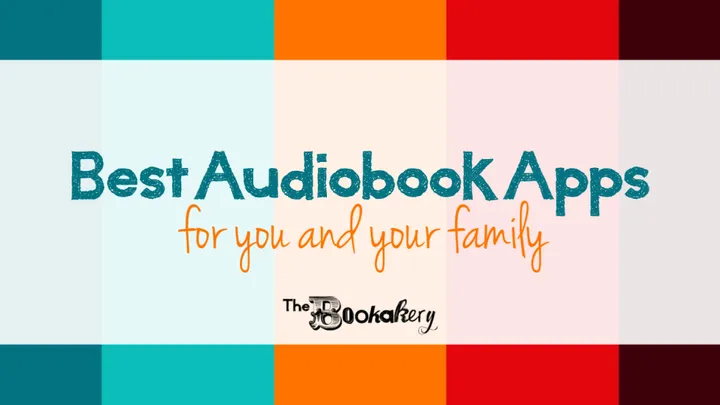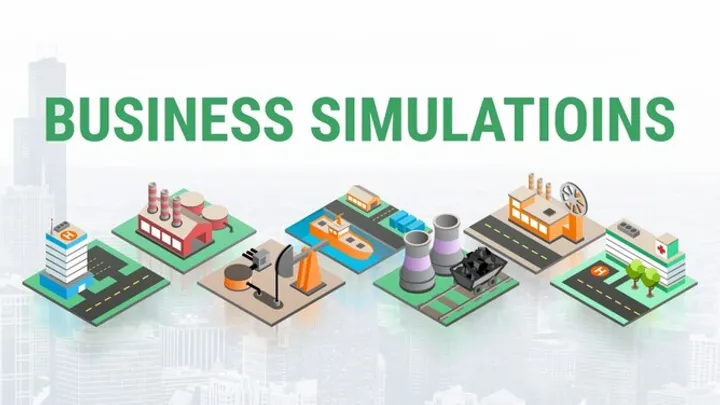In an era where connectivity is constant, the ability to enjoy content offline remains a precious feature. Whether you're on a long flight, commuting underground, or escaping to a remote destination, offline reading apps ensure your favorite stories, articles, and books stay within reach. These apps combine intuitive design, smart file management, and personalized reading tools to make digital reading as immersive as ever—without the need for an internet connection.
Below, we’ll explore the top apps for offline reading in 2025, ranging from classic eBook readers to cutting-edge AI-curated article platforms that redefine how we read on the go.
1. Pocket: Save and Read Anything, Anytime
Pocket has become synonymous with offline reading. This versatile app allows users to save articles, web pages, and even videos from any device, then access them later without an internet connection. The interface is clean and distraction-free, turning your saved content into a personalized reading list.
One of Pocket’s most appealing features is its text-to-speech mode, which converts articles into audio, allowing you to listen hands-free while multitasking. The app also curates recommendations based on your interests, learning from what you save and read most frequently. Whether you’re catching up on news during a flight or saving long-form articles for later, Pocket offers seamless synchronization across devices and browsers.
For anyone who values quality content curation and offline convenience, Pocket remains one of the best tools available today.
2. Instapaper: Elegant Simplicity for Focused Reading
Instapaper is another offline reading classic that emphasizes minimalism and readability. You can save web pages, blog posts, or news articles to your account and read them later in a clean, clutter-free layout optimized for mobile and tablet screens.
The app’s standout feature is its annotation and highlighting tools, allowing you to mark quotes, add notes, and revisit insights with ease. Instapaper also lets you adjust fonts, colors, and line spacing, creating a customizable reading experience. Everything saved is automatically downloaded for offline access, making it perfect for travelers and professionals who want to read on the go.
Instapaper’s offline capability, combined with its focus on readability and user control, makes it a favorite among researchers, journalists, and lifelong learners alike.
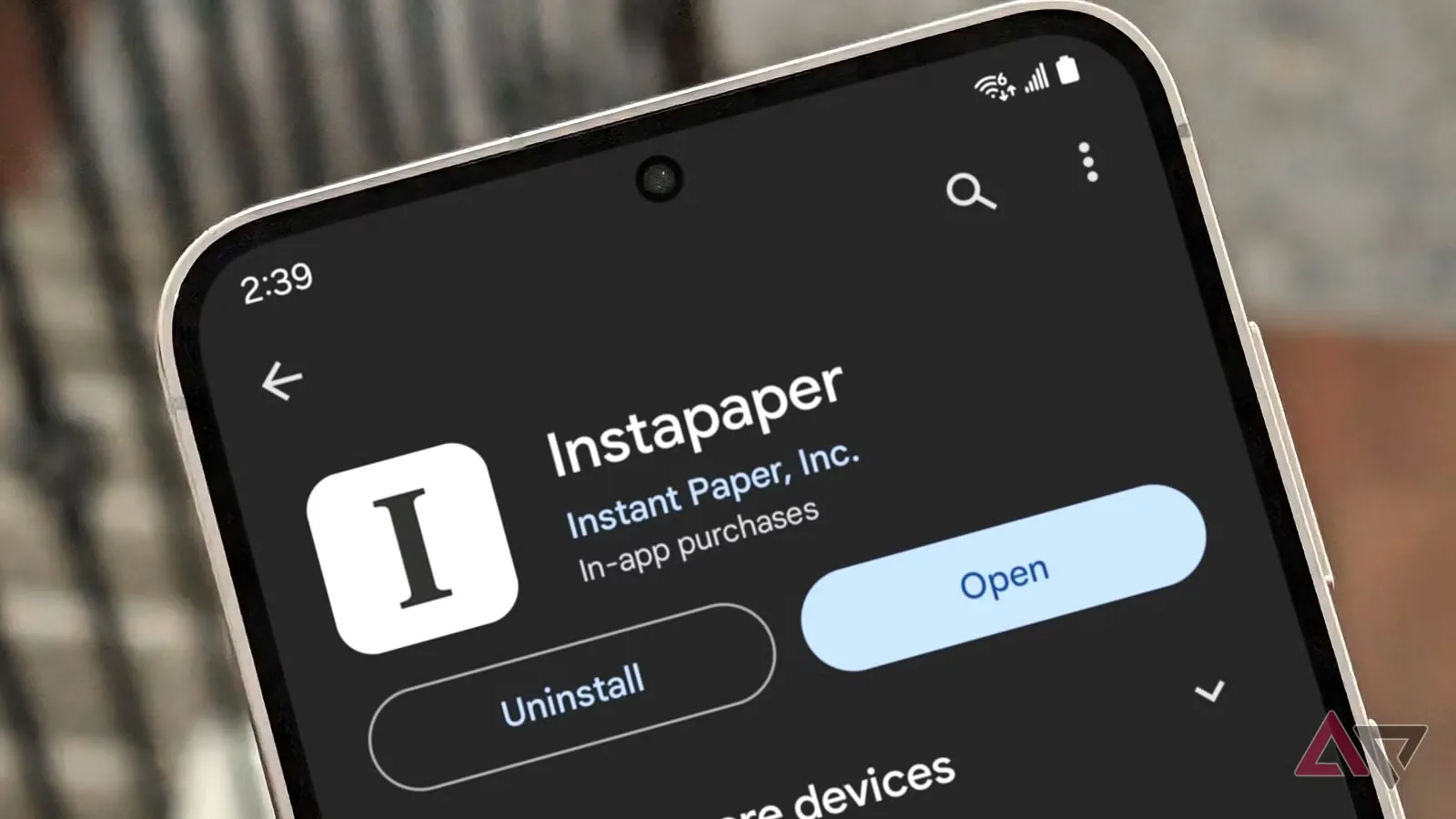
3. Kindle: The Gold Standard for eBook Lovers
When it comes to digital reading, Amazon Kindle remains unmatched. Its companion app allows you to download thousands of eBooks, magazines, and audiobooks to read anytime, even without Wi-Fi. The Kindle ecosystem synchronizes your library, bookmarks, and notes across all devices, ensuring you never lose your place.
One major advantage of the Kindle app is Whispersync, which seamlessly transitions between reading and listening through Audible integration. It also supports multiple file formats, adjustable lighting, and font customization for comfortable long reading sessions.
Whether you’re diving into the latest bestsellers or revisiting literary classics, Kindle’s offline reading experience is refined, stable, and deeply immersive.
4. Libby by OverDrive: Free Offline Reading from Your Local Library
For readers who love the charm of borrowing books, Libby brings public libraries into the digital era. Developed by OverDrive, Libby lets you borrow eBooks, audiobooks, and magazines for free with just a library card. Once borrowed, all content can be downloaded for offline reading, ensuring you can enjoy books anywhere—even without signal or data.
Libby offers a user-friendly interface, seamless navigation between devices, and features like bookmarks and adjustable reading settings. You can also set timers for audiobooks, making it perfect for bedtime listening.
The app has revolutionized how people access literature—bridging libraries with mobile readers and promoting sustainable reading habits without cost barriers.
5. Apple Books: The Premium Offline Reader for iOS Users
Apple Books is Apple’s all-in-one solution for book lovers who prefer an elegant and integrated reading experience. With a vast catalog of eBooks and audiobooks, Apple Books allows users to download titles directly to their devices for offline reading and listening.
The app offers smart organization features—such as custom collections, progress tracking, and reading goals—that motivate users to read more consistently. It’s optimized for both casual reading and professional study, offering smooth page transitions, night mode, and synchronized highlighting.
Apple Books stands out for its fluid integration with the Apple ecosystem. If you use multiple devices like an iPhone, iPad, or Mac, your reading progress automatically syncs across all of them.
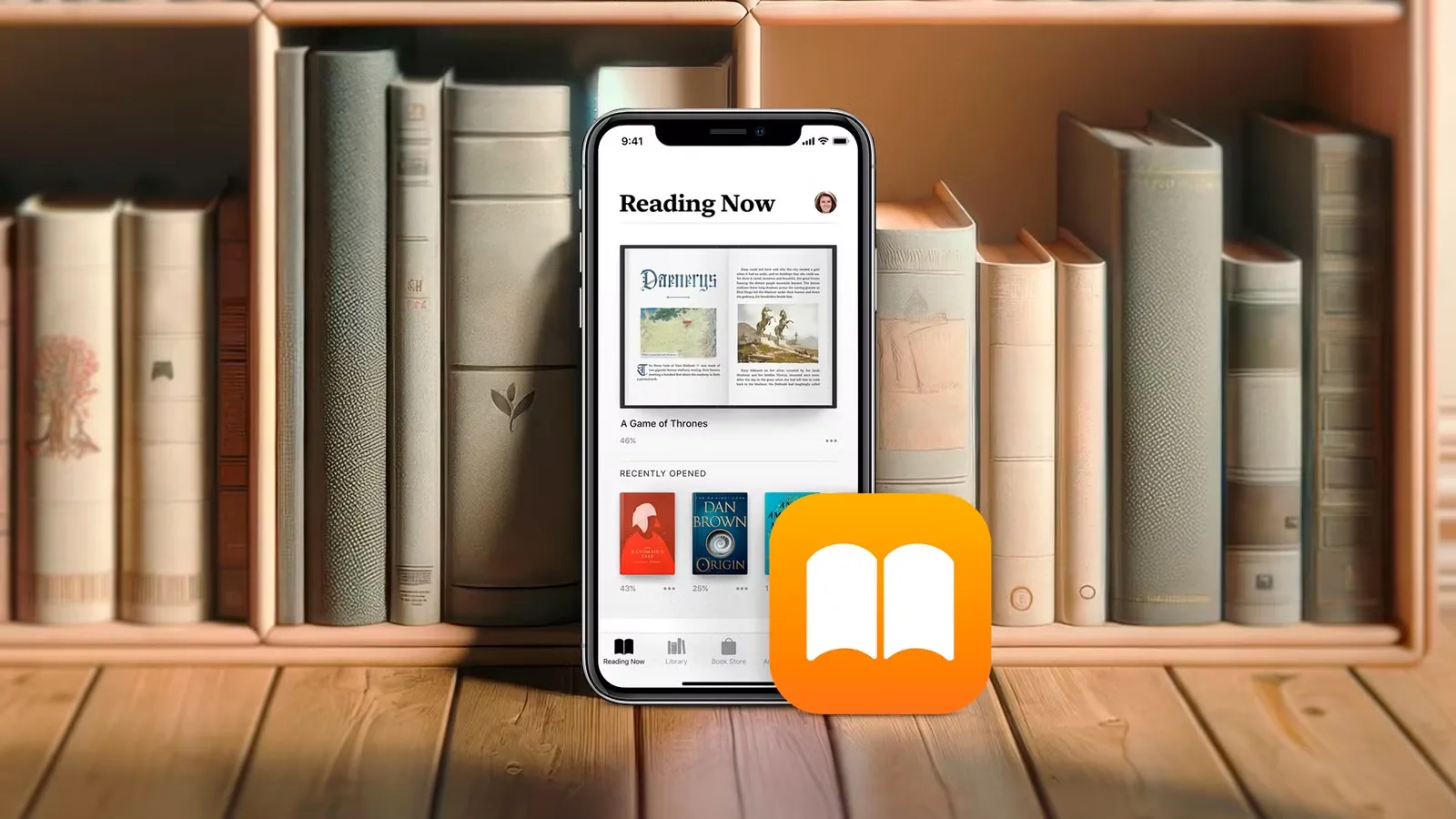
6. Google Play Books: Cross-Platform Reading Freedom
Google Play Books provides one of the most flexible offline reading experiences available today. Unlike subscription-based platforms, it follows a buy-once, read-anywhere model that supports books, comics, and textbooks across Android, iOS, and the web.
Once purchased or uploaded, books can be downloaded for offline access, and you can even upload your own PDF or EPUB files to build a personal digital library. Google Play Books’ integrated dictionary, highlighting tools, and text-to-speech options enhance comprehension and accessibility.
With a simple interface and cross-platform support, it’s a powerful choice for readers who value flexibility and independence.
7. ReadEra: The Lightweight Offline eBook Reader
If you’re looking for an offline reading app that’s fast, minimal, and completely free, ReadEra is a gem. It supports nearly every eBook format—PDF, EPUB, MOBI, DJVU, TXT, and more—without requiring registration or internet access. Everything you open in ReadEra is automatically saved locally, allowing full offline control.
The app includes a multi-document mode, letting you open several books or documents at once—a rare feature in mobile readers. ReadEra also features customizable themes, font control, and automatic categorization, making it ideal for users who prefer simplicity and efficiency.
Its lightweight design ensures smooth performance even on older devices, making ReadEra one of the most accessible offline reading apps for global readers.
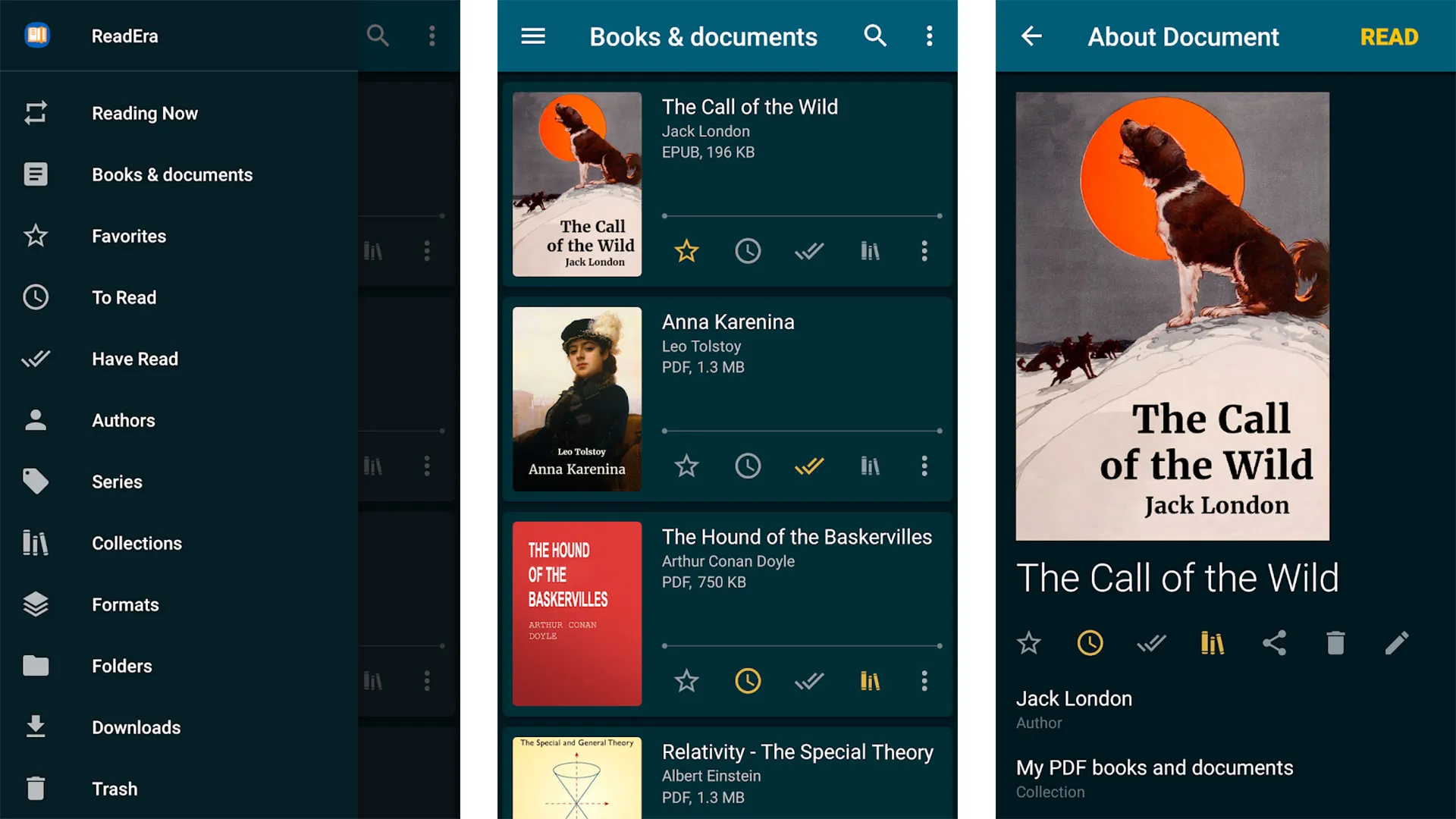
8. Kobo Books: A Reader’s Companion Beyond Borders
Kobo Books has steadily built a reputation as an inclusive and reader-focused alternative to larger platforms. Its app provides access to millions of eBooks and audiobooks that can be downloaded for offline reading in over 190 countries.
Kobo’s Reading Life feature encourages engagement through stats, achievements, and personalized recommendations. The app also allows syncing of notes, highlights, and bookmarks across devices. Its clean interface, combined with flexible typography and night mode, ensures long hours of comfortable reading.
For readers who value global access, community-driven recommendations, and offline reliability, Kobo Books stands as a versatile and elegant option.
Why Offline Reading Apps Matter More Than Ever
In a hyper-connected digital age, it might seem ironic that offline reading apps are growing in popularity. Yet, the appeal lies in their ability to disconnect from distractions while keeping knowledge accessible anywhere. Offline reading ensures uninterrupted focus—no notifications, no ads, no buffering delays.
Moreover, offline reading is essential for travelers, students, and professionals who move between areas with inconsistent connectivity. It encourages mindful reading habits, offering calm and reflection in an otherwise noisy world. With AI-curated libraries and customizable experiences, these apps transform idle moments into opportunities for inspiration and growth.
How to Choose the Best Offline Reading App
Choosing the right offline reading app depends on your personal reading habits and goals. Consider these key factors:
- Content Type: If you prefer news and articles, Pocket and Instapaper excel. For full books, Kindle and Kobo are top-tier.
- Device Ecosystem: Apple users may find Apple Books seamless, while Android readers might prefer Google Play Books or ReadEra.
- Customization: If you like annotation and highlighting, go for Instapaper or Libby.
- Cost and Access: Libby offers free library access, while ReadEra is completely free and open-format.
Ultimately, the best app is the one that fits seamlessly into your lifestyle—making reading easy, engaging, and consistent, even offline.
Conclusion: Reading Without Limits
Offline reading apps remind us that digital innovation doesn’t have to come at the cost of simplicity. Whether you’re saving thought-provoking essays, borrowing novels from the library, or carrying your entire eBook shelf in your pocket, these apps empower readers to stay informed and inspired—anytime, anywhere.
As we enter an age of smart personalization and AI-driven content, offline reading remains a timeless pleasure. From Pocket’s smart article saving to Kindle’s immersive eBook experience, the tools above ensure that great stories are never out of reach—even when Wi-Fi is.
In a world that moves fast, offline reading slows things down just enough for us to think, learn, and feel.













